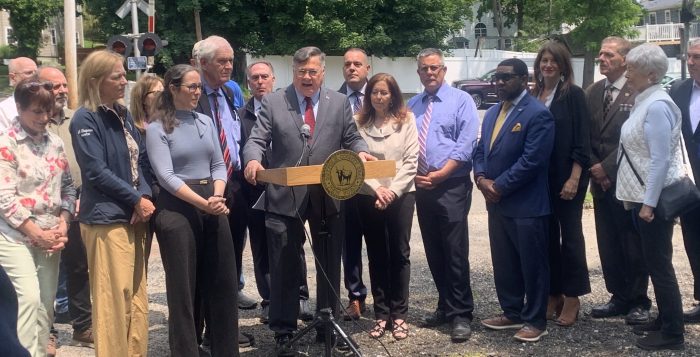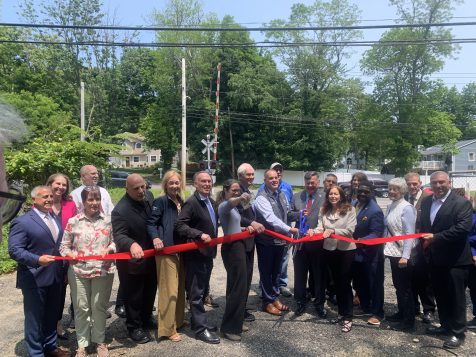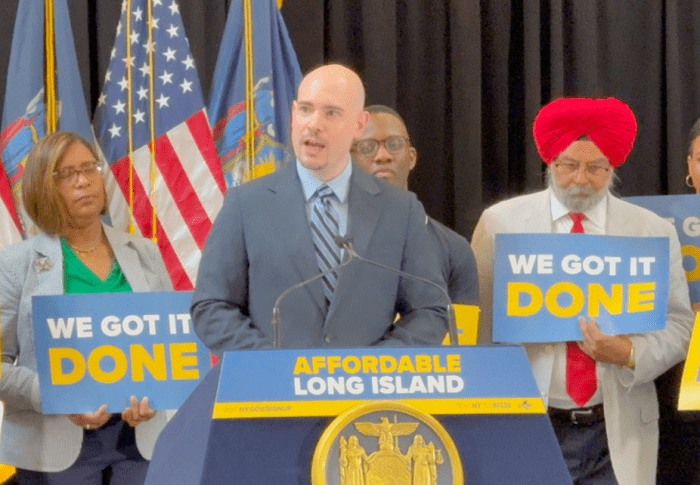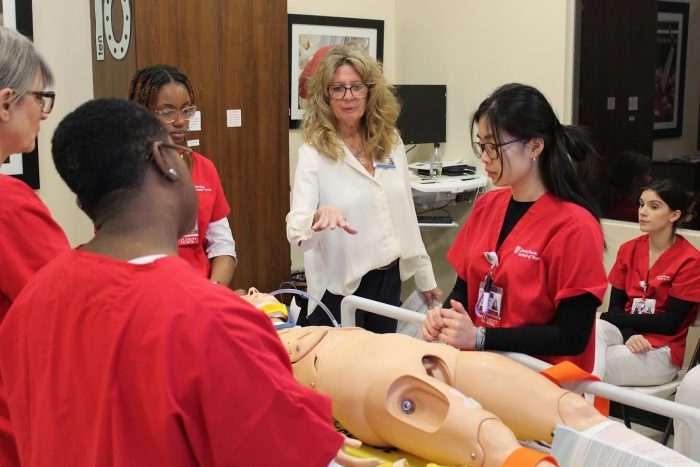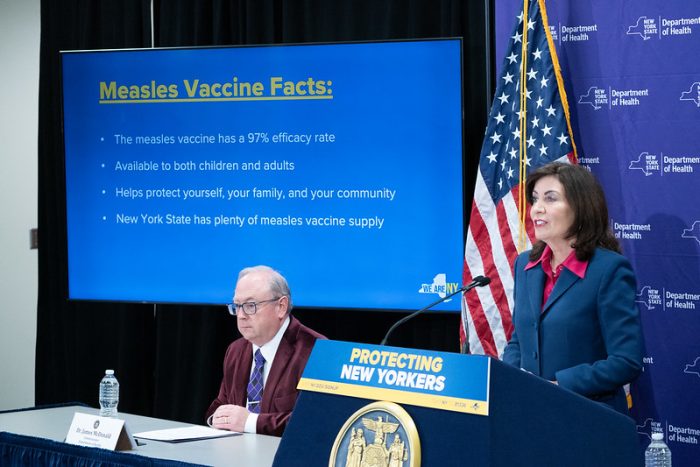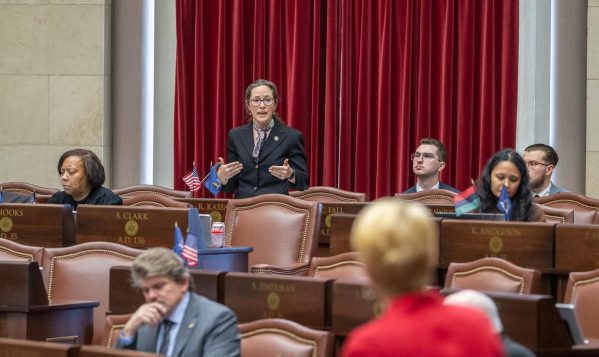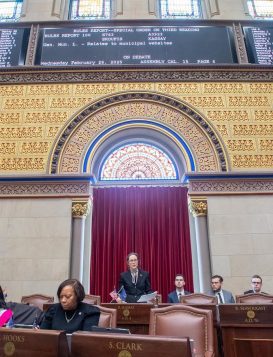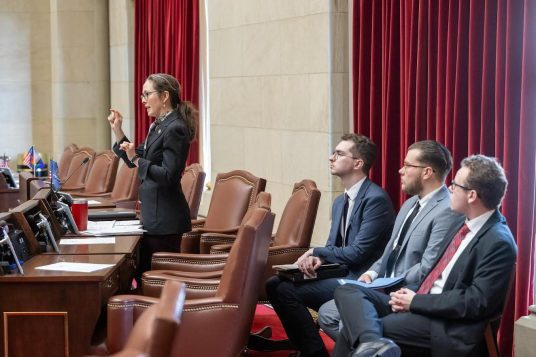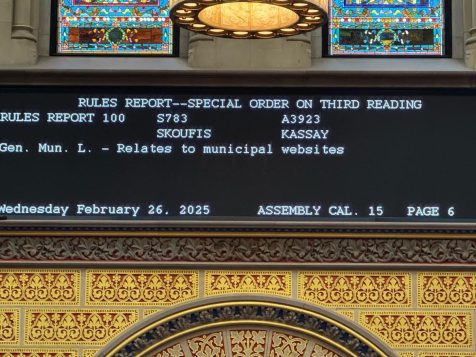The Long Island Museum (LIM), 1200 Route 25A, Stony Brook was recently awarded a grant totaling $218,000 from the New York State Council on the Arts (NYSCA) to support the organization’s Art Museum Renovation – Phase II. This grant is part of a capital project funding announcement by NYSCA, which totals over $86 million to 134 capital projects across New York State.
The grant was awarded to help LIM work towards vital improvements in the long-term environmental sustainability of LIM’s Art Museum, which turned 50 in 2024. Thanks, in part, to a grant from NYSCA in 2024, the roof system and roofline insulation are in the process of being replaced; Phase II of the project, for which this grant was awarded, is to strengthen additional components of the building’s envelope, including the installation of new insulation, siding, and doors. NYSCA funding will support this next phase of the project, which meets the larger goals of the overall project for the Art Museum: to increase the building’s efficiency, decrease LIM’s operating costs, and decrease the building’s carbon footprint/environmental costs.
“We are thrilled to have received a grant from NYSCA, which will provide us with vital support for this project in alignment with three of our key priorities: accessibility, environmental sustainability and organizational health,” said Sarah Abruzzi, Co-Executive Director, Operations. “This project will help take our Art Museum beyond its first 50 years and into a successful future, where LIM will continue to serve as a community leader and bring important art exhibitions, dynamic collections initiatives, and memorable programmatic experiences to visitors of all ages and abilities for generations to come.”
“Our arts and culture sector is a powerhouse, inspiring the world with innovation and creativity,” Governor Hochul said. “By investing in our museums, our theaters and our arts centers, we enrich our communities, strengthen local economies and improve tourism all over the State.”
NYSCA Executive Director Erika Mallin said, “These transformative projects improve communities, drive tourism and foster innovation in the field. Thanks to the Governor and the Legislature’s dedication to arts and culture, we are building a thriving future for our world-renowned creative sector. Congratulations to The Long Island Museum, NYSCA is a proud supporter of your contributions to New York’s arts and culture.”
About The Long Island Museum
Founded in 1939 and accredited by AAM since 1973, The Long Island Museum is home to more than 60,000 artifacts, The Long Island Museum inspires and engages visitors of diverse ages, backgrounds, and abilities by connecting them with the region’s art and history, a world-class carriage collection, and energizing programs that foster a creative and inclusive community. For more about LIM’s exhibitions and programming, visit longislandmuseum.org
About the New York State Council on the Arts
The mission of the New York State Council on the Arts is to foster and advance the full breadth of New York State’s arts, culture, and creativity for all. To support the ongoing recovery of the arts across New York State, the Council on the Arts will award over $161 million in FY 2026, serving hundreds of arts organizations and artists across all 10 state regions. The Council on the Arts further advances New York’s creative culture by convening leaders in the field and providing organizational and professional development opportunities and informational resources. Created by Governor Nelson Rockefeller in 1960 and continued with the support of Governor Kathy Hochul and the New York State Legislature, the Council is an agency that is part of the Executive Branch. For more information on NYSCA, please visit www.arts.ny.gov, and follow NYSCA’s Facebook page, on X @NYSCArts and Instagram @NYSCouncilontheArts.


